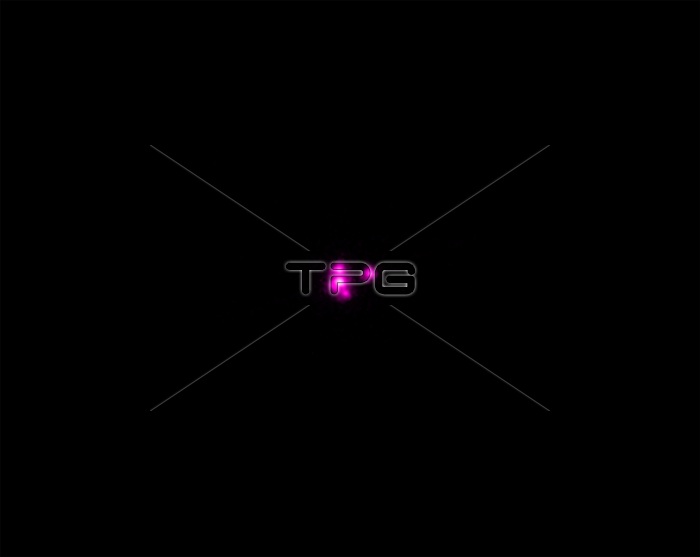
The quasar is known as RX J1131-1231 (RX J1131 for short), located about 6 billion light years from Earth. Astronomers have directly measured the spin of a supermassive black hole in quasar RX J1131. This is the most distant black hole where such a measurement has been made. Black holes are defined by just two simple characteristics: mass and spin. Finding out how quickly black holes are spinning reveals important information about how they grow over time. Using the gravitational lens, a high quality X-ray spectrum -- that is, the amount of X-rays seen at different energies -- of RX J1131 was obtained. The X-rays are produced when a swirling accretion disk of gas and dust that surrounds the black hole creates a multimillion-degree cloud, or corona near the black hole. X-rays from this corona reflect off the inner edge of the accretion disk. The reflected X-ray spectrum is altered by the strong gravitational forces near the black hole. The larger the change in the spectrum, the closer the inner edge of the disk must be to the black hole. The discovery that space-time at the black hole's event horizon is spinning at over half the speed of light suggests that RX J1131, observed at a distance of six billion light years, corresponding to an age about 7.7 billion years after the Big Bang, has grown via mergers, rather than pulling material in from different directions. Release date March 5, 2014.
| px | px | dpi | = | cm | x | cm | = | MB |
Details
Creative#:
TOP22314626
Source:
達志影像
Authorization Type:
RM
Release Information:
須由TPG 完整授權
Model Release:
N/A
Property Release:
No
Right to Privacy:
No
Same folder images:

 Loading
Loading